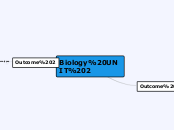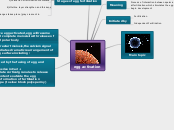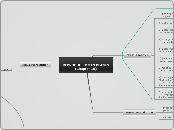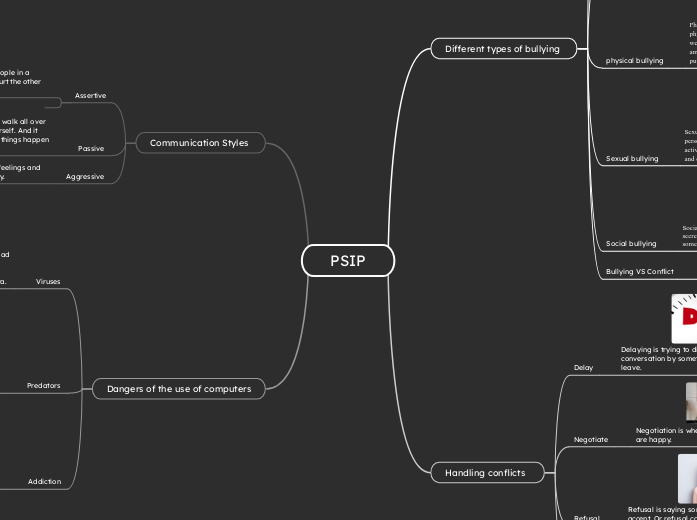par georgia dennien Il y a 6 années
184
biology UNIT 2
Asexual reproduction encompasses various methods like fission, budding, vegetative propagation, and spore formation, each with its own biological pros and cons. Cloning, a type of asexual reproduction, plays a significant role in agriculture and horticulture but comes with emerging issues.









